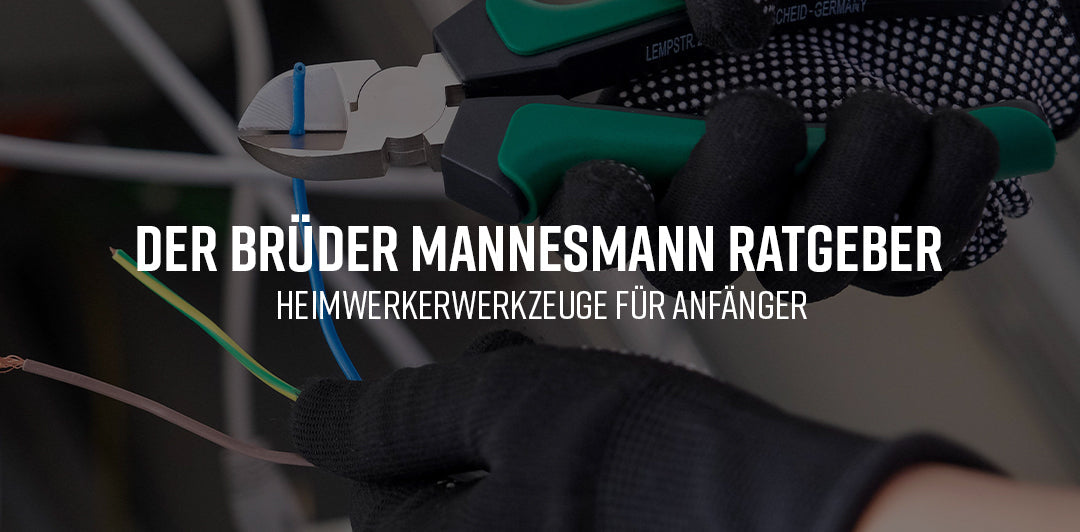When working with power tools, safety is paramount. With the right preparation and a conscious working method, you can avoid accidents and injuries. Here you can find out what you should look out for.
1. Proper training and instruction
Before you use a power tool, you should familiarize yourself with its operation. Thorough instruction is particularly important for more complex devices such as circular saws, drills or grinders. Improper handling can quickly lead to serious injuries - so: get trained first, then get started!
2. Check the tool before use
Before each use, you should check your power tool for damage. Pay particular attention to:
-
Cables and connectors – no cracks, no exposed wires.
-
Safety devices – protective hoods, dust extraction systems or other safety mechanisms must be intact.
If anything is damaged: Stop use immediately and have the tool repaired or replaced.
3. Use the right personal protective equipment (PPE)
-
Eye protection: Safety glasses are mandatory when sparks, dust or splinters may be generated.
-
Hearing protection: When using loud machines such as hammer drills or grinders, you should protect your hearing.
-
Hand protection: Work gloves can be useful – but only if they do not make working unsafe.
-
Respiratory protection: A dust mask is necessary if fine particles are released into the air during sawing or grinding.
4. Safe handling of the tool
-
Gripping technique: Always hold the tool with both hands if possible. Hands should never be in the danger zone.
-
Fix the workpiece: Small workpieces should be clamped or securely fixed so that they do not slip.
-
Check the power supply: The cable must be in perfect condition. With cordless tools, make sure that the battery is properly seated.
5. Avoid distractions
Power tools require your full concentration. Put your cell phone away and focus on your work! The work environment should also be tidy – there should be no tripping hazards or other sources of danger here.
6. Ergonomic workplace
-
Lighting: Your workplace should be well lit so that you can see everything clearly.
-
Posture: When working for long periods, change your posture regularly to avoid fatigue and tension.
7. Do not neglect maintenance and care
Regular maintenance not only ensures a longer service life of the tool, but also greater safety. Follow the manufacturer's instructions and replace worn parts such as brushes, saw blades or grinding heads in good time.
8. Know emergency procedures
If an accident does occur, it is important to act quickly. Everyone should know about basic first aid measures. It is particularly important: in the event of an electrical accident, always switch off the power first before administering first aid.
Conclusion
Working safely with power tools begins with proper preparation and caution. If you check your tools regularly, wear protective equipment and work safely, you can significantly reduce the risk. Safety first – always!















